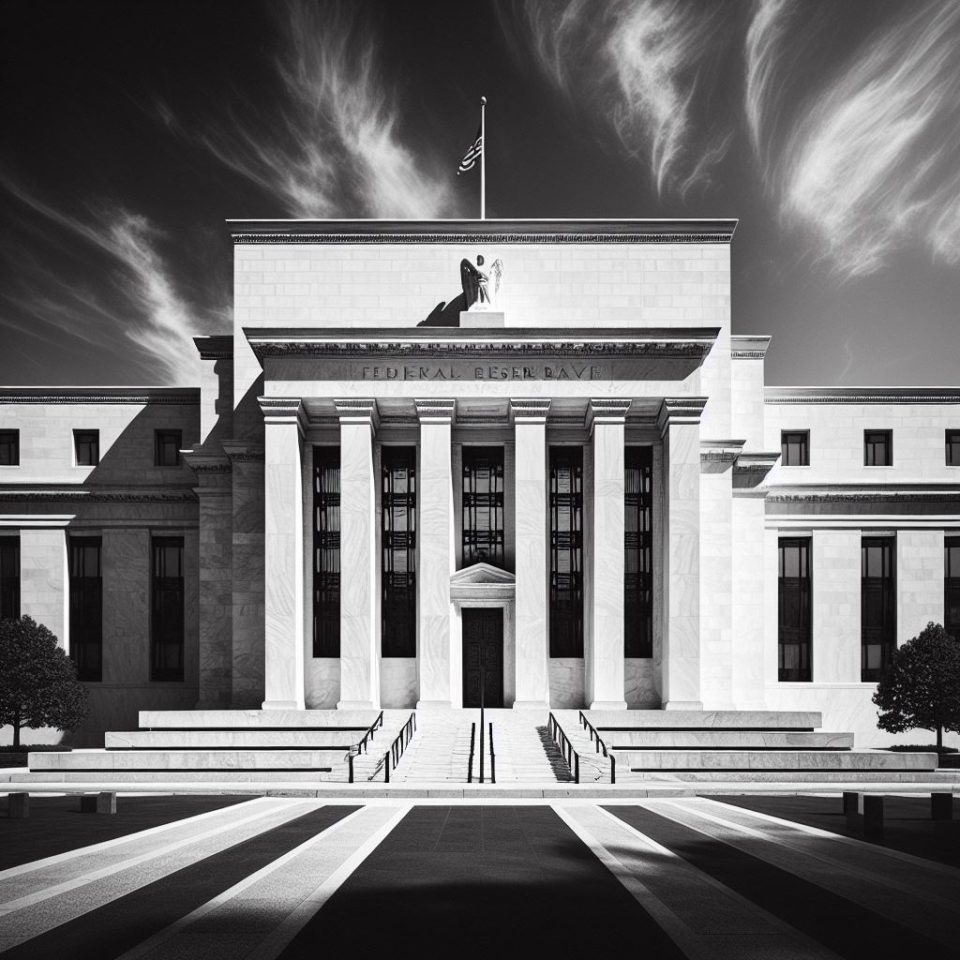Federal Reserve Chair Jay Powell stood firm in his conviction regarding inflation and interest rate cuts during a speech at Stanford University on Wednesday. He reiterated that the central bank anticipates inflation to follow a “bumpy” trajectory down to the target rate of 2%. Powell emphasized the Fed’s commitment to maintaining independence from any personal or political bias in its analysis and decision-making processes.
Powell’s comments came as a reassurance to investors and economists amidst concerns over recent inflationary trends. Despite initial spikes in inflation readings earlier in the year, Powell emphasized that these fluctuations did not significantly alter the overall economic landscape. He pointed out that the recent cooling in the Personal Consumption Expenditures index, the Fed’s preferred inflation measure, aligned more closely with the central bank’s targets.
Following Powell’s speech, market reactions were mixed. While some investors welcomed the reassurance regarding inflation, others remained cautious, considering the uncertainties surrounding future monetary policy decisions. The Fed’s decision to maintain interest rates unchanged last month, coupled with median projections indicating potential rate cuts later in the year, left room for speculation among market participants.
The Federal Reserve’s internal discussions reflected a diversity of opinions regarding the appropriate course of action. Various Fed officials, including Cleveland Fed president Loretta Mester and San Francisco Fed president Mary Daly, expressed differing views on the number and timing of potential rate cuts. While some officials anticipated multiple cuts, others advocated for a more conservative approach with fewer adjustments to interest rates.
As the November election drew closer, political pressures intensified on the Fed. Democrats and Republicans each sought to influence the central bank’s decisions on interest rates, albeit with contrasting objectives. While Democrats generally favored immediate rate cuts to stimulate economic growth, Republicans advocated for a more cautious approach to avoid premature interventions.
In response to mounting political pressures, Powell reiterated the Fed’s commitment to maintaining independence from short-term political considerations. He emphasized that the Fed’s decisions on monetary policy were driven by economic data and long-term objectives rather than political agendas. Despite external influences, Powell underscored the importance of the Fed’s autonomy in making informed and unbiased decisions.
As the Fed continued to monitor economic indicators and inflation trends, the path forward remained uncertain. Powell emphasized the need for prudence and patience in assessing the evolving economic landscape. While market participants awaited further guidance from the central bank, Powell’s reaffirmation of the Fed’s commitment to independence provided a sense of stability amid uncertain times.
Powell’s remarks underscore the Federal Reserve’s vigilance in managing inflation pressures and considering potential interest rate cuts to support economic stability and growth. As the Fed navigated through choppy waters, guided by data-driven analysis and a commitment to long-term objectives, market participants remained hopeful for clarity and stability in the months ahead.

